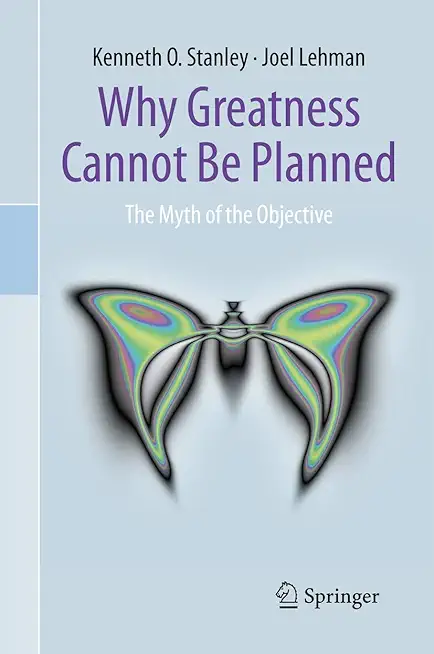Developing Web Services with WEBLOGIC Training in Sterling Heights
|
We offer private customized training for groups of 3 or more attendees.
|
||
Course Description |
||
| This one-week course prepares Java programmers to develop Web services and clients using the BEA WebLogic Platform(TM), in accordance with prevailing standards such as SOAP, WSDL, and JAX-RPC. Students get an overview of the interoperable and Java-specific Web services architectures, and then learn the standard (J2EE 1.4) APIs for SOAP messaging and WSDL-driven, component-based service development, working extensively with the BEA WebLogic Server to implement, deploy and test Web services. Both document-style and RPC-style messages and services are covered in depth.
The first three chapters provide an overview of the world of Java-based Web services, along with an introduction to the tools available for Web-service development in WebLogic. In these early chapters, students build and run Web services that have already been developed, focusing not on coding but on runtime behavior, SOAP traffic, and WSDL definitions. That is, the early focus is on architecture: the roles that various protocols, APIs, tools, and application components play in a working Web service and/or client.
Students then develop an understanding of the Simple Object Access Protocol (SOAP) 1.1, and skills in using the SOAP with Attachments API for Java (SAAJ) 1.1 to build SOAP-based Web services and clients. Students will learn to read SOAP and to write it by hand, and then will proceed to use SAAJ to develop services that respond to SOAP/HTTP messages.
The course then turns to its main focus, which is the Java API for XML-Based RPC, or JAX-RPC. JAX-RPC abstracts almost all the details of SOAP messaging using WSDL as a description language for interface and implementation; this allows the Java developer to concentrate on application and service specifics. JAX-RPC specifies service development either from WSDL documents as a starting point or beginning with Java code and generating the WSDL for client use; this course addresses both possible development paths and analyzes their relative advantages.
Students learn various intermediate and advanced JAX-RPC features under WebLogic in the final chapters of the course: developing services as EJBs; managing SOAP headers using JAX-RPC message handlers; creating and reading SOAP attachments; asynchronous SOAP messaging using JMS; and Web-service security.
Course Length: 5 Days
Course Tuition: $2250 (US) |
||
Prerequisites |
|
| Experience in Java Programming, including object-oriented Java and the Java streams model is essential. Some understanding of XML and XML Schema will be helpful, but is not strictly necessary. | |
Course Outline |
|
The Web Services Architecture
WebLogic and Web Services
WebLogic and Web Services
The Simple Object Access Protocol (SOAP)
The Java APIs for SOAP Messaging (SAAJ)
SAAJ Web Services
The Java API for XML-Based RPC (JAX-RPC)
Generating Web Services from Java Code
Generating Java Web Services from WSDL
Web Services and EJB
Message Context and Message Handlers
SOAP Attachments
Web Services and JMS
Security
|
Course Directory [training on all levels]
- .NET Classes
- Agile/Scrum Classes
- AI Classes
- Ajax Classes
- Android and iPhone Programming Classes
- Azure Classes
- Blaze Advisor Classes
- C Programming Classes
- C# Programming Classes
- C++ Programming Classes
- Cisco Classes
- Cloud Classes
- CompTIA Classes
- Crystal Reports Classes
- Data Classes
- Design Patterns Classes
- DevOps Classes
- Foundations of Web Design & Web Authoring Classes
- Git, Jira, Wicket, Gradle, Tableau Classes
- IBM Classes
- Java Programming Classes
- JBoss Administration Classes
- JUnit, TDD, CPTC, Web Penetration Classes
- Linux Unix Classes
- Machine Learning Classes
- Microsoft Classes
- Microsoft Development Classes
- Microsoft SQL Server Classes
- Microsoft Team Foundation Server Classes
- Microsoft Windows Server Classes
- Oracle, MySQL, Cassandra, Hadoop Database Classes
- Perl Programming Classes
- Python Programming Classes
- Ruby Programming Classes
- SAS Classes
- Security Classes
- SharePoint Classes
- SOA Classes
- Tcl, Awk, Bash, Shell Classes
- UML Classes
- VMWare Classes
- Web Development Classes
- Web Services Classes
- Weblogic Administration Classes
- XML Classes
- Introduction to Spring 6, Spring Boot 3, and Spring REST
15 December, 2025 - 19 December, 2025 - See our complete public course listing






